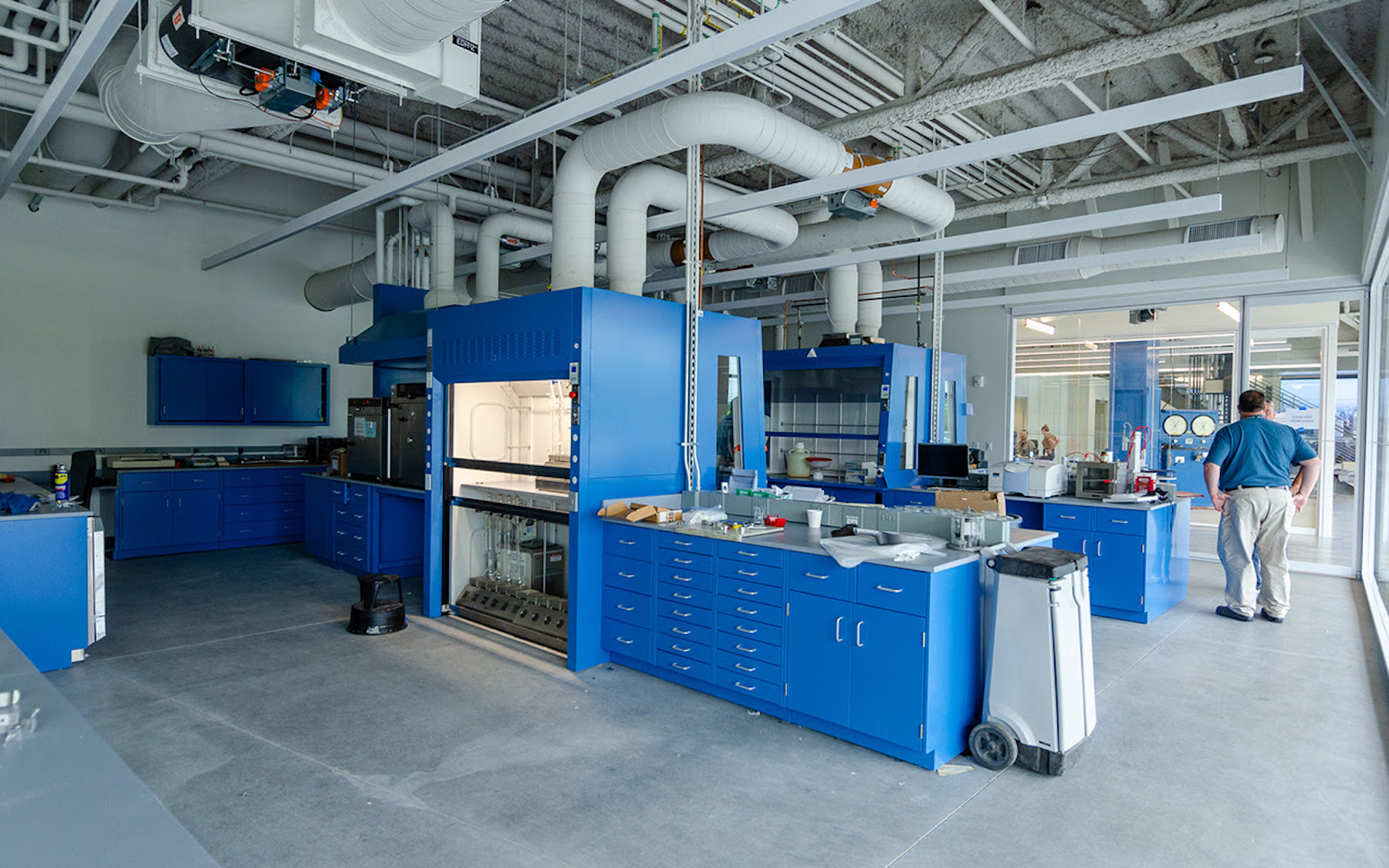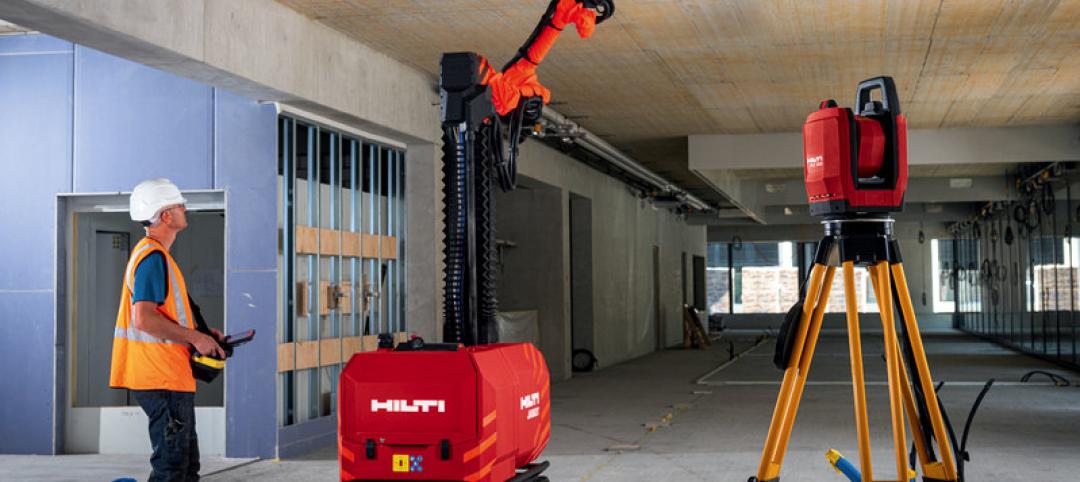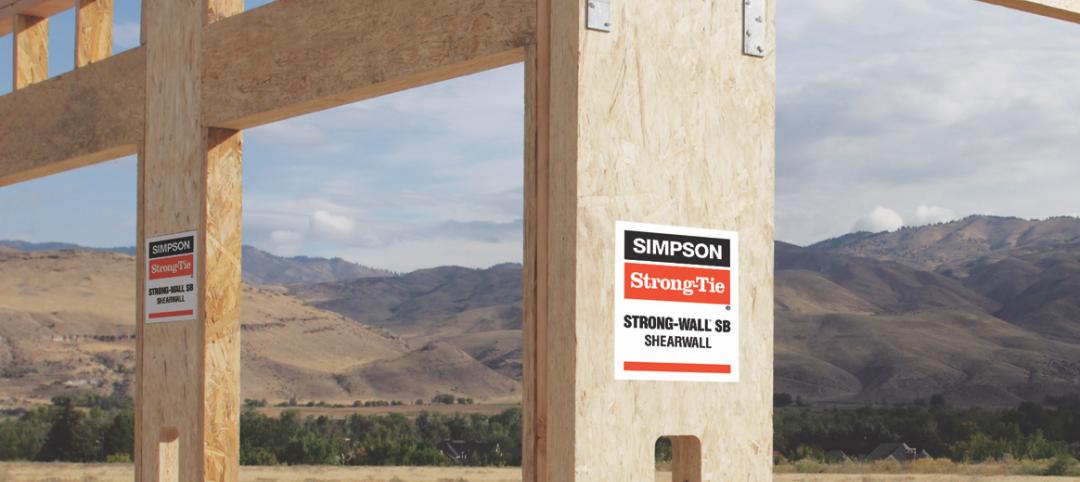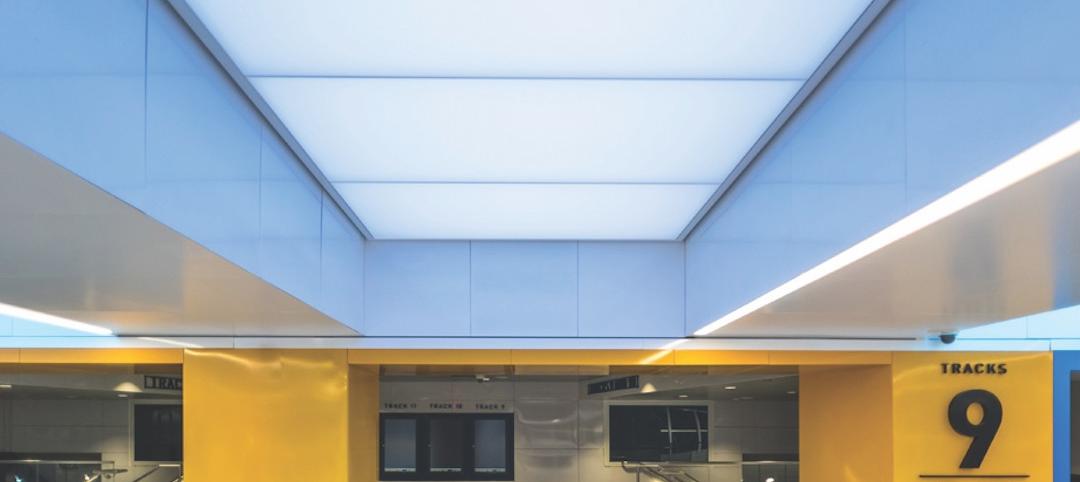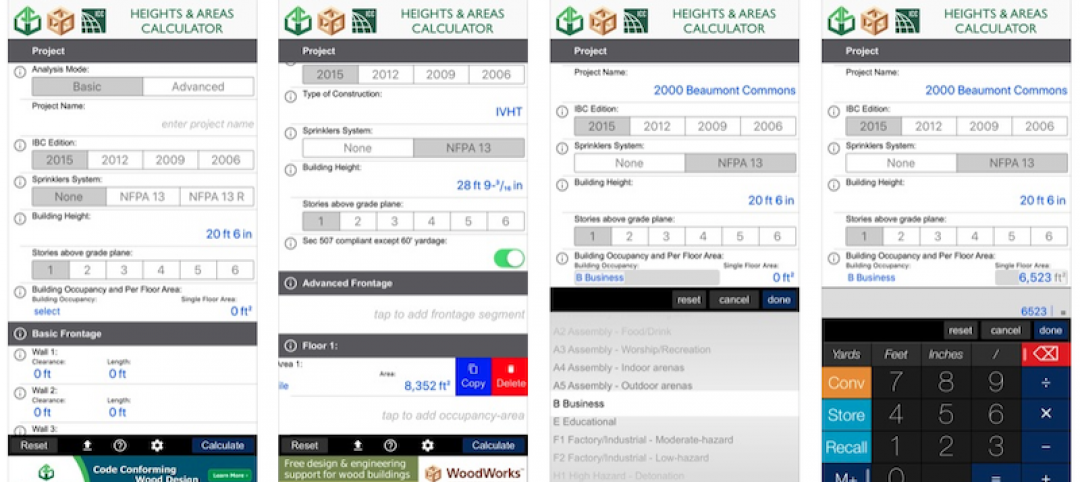Simpson Gumpertz & Heger’s (SGH) Applied Science & Research Center recently received ISO/IEC17025 accreditation from the American Association for Laboratory Accreditation (A2LA) for several concrete testing methods. These procedures, conducted in SGH’s Waltham, MA, headquarters, went through a stringent evaluation process with A2LA professionals observing and auditing the facility in 2022 and will be reaudited biannually. Achieving this accreditation (Certificate Number: 6551.01) affirms SGH’s commitment to quality and allows us to continue enhancing the services we provide to our clients and peers across the industry.
“I am impressed every day at the breadth and depth of our testing capabilities,” said Norman Perkins, SGH Director of Applied Science and Research. “Our technical professionals and laboratory staff continue to grow their expertise in physical testing, environmental simulations, materials science, microscopy, and research partnerships, and allow us to serve our clients throughout all phases of a project.”
The ISO/IEC 17025 accreditation focuses on quality requirements specific to laboratory testing and ensures that recipients have the correct policies, procedures, equipment, and training in place.
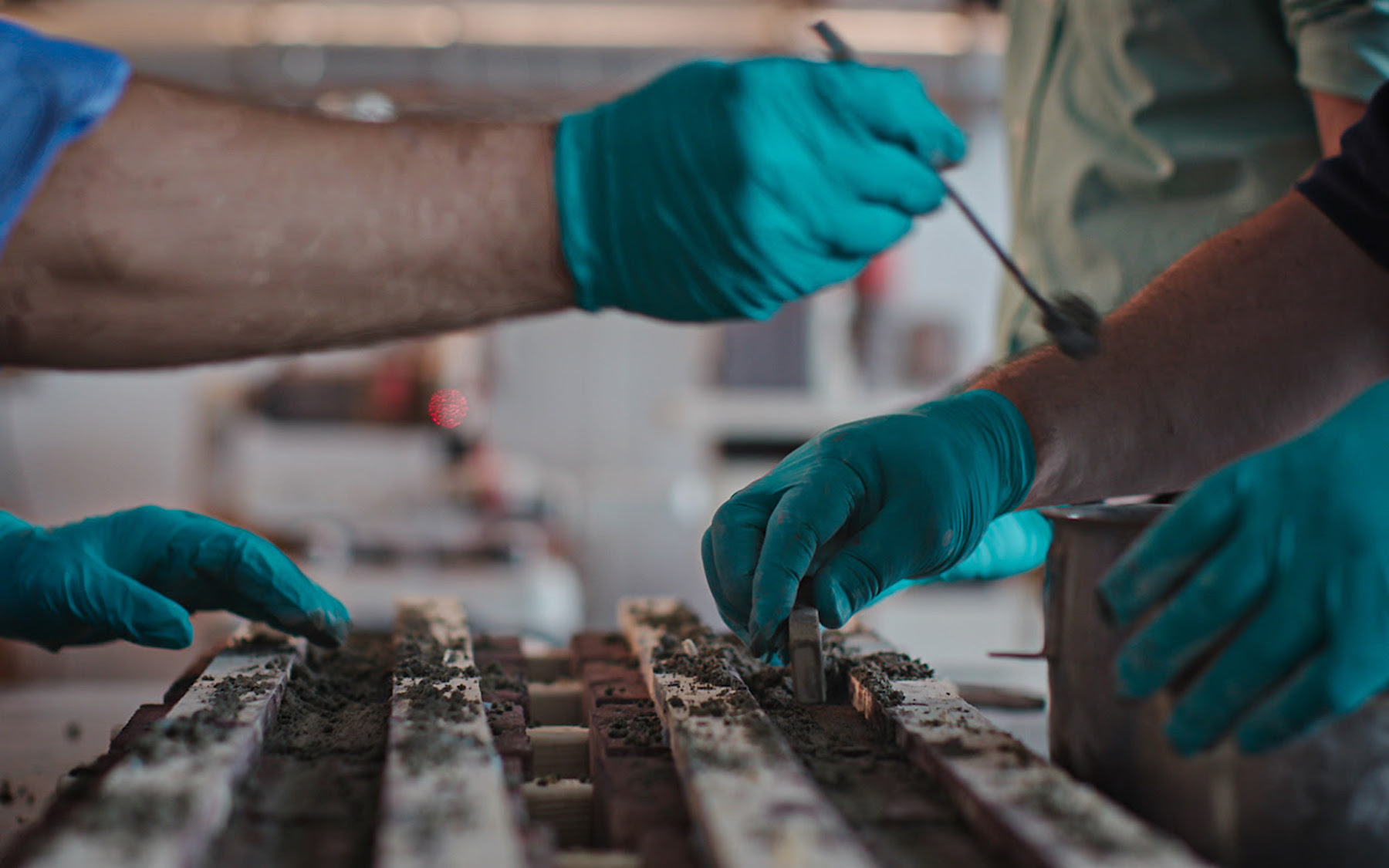
The recognized testing methods focus primarily on concrete:
ASTM C39 - Compressive Strength of Cylindrical Concrete Specimens
ASTM C42 - Obtaining and Testing Drilled Cores and Sawed Beams of Concrete
ASTM C138 - Density, Yield, and Air Content of Concrete
ASTM C143 - Slump of Hydraulic Cement Concrete
ASTM C192 - Making and Curing Concrete Test Specimens in the Laboratory
ASTM C231 - Air Content of Freshly Mixed Concrete by the Pressure Method
ASTM C566 - Total Evaporable Moisture Content of Aggregates by Drying
ASTM C469 - Static Modulus of Elasticity and Poisson’s Ratio of Concrete in Compression
ASTM C1064 - Temperature of Freshly Mixed Hydraulic Cement Concrete
“Our laboratory, its staff, and all our engineers are constantly finding ways to push the boundaries of our testing capabilities,” said Niklas Vigener, SGH Chief Technical Officer. “This accreditation is another example of how we are able to partner with our clients and peers in the AEC industry and beyond.”
SGH’s 13,500 sq ft in-house laboratory facilities allow us to develop and execute comprehensive testing and research plans to better understand how materials, components, and systems behave. Our technical professionals partner with team members in the center to identify project goals, develop testing protocols, interpret results, and advance client solutions.
Related Stories
Sponsored | Resiliency | Jan 24, 2022
Blast Hazard Mitigation: Building Openings for Greater Safety and Security
3D Printing | Jan 12, 2022
Using 3D-printed molds to create unitized window forms
COOKFOX designer Pam Campbell and Gate Precast's Mo Wright discuss the use of 3D-printed molds from Oak Ridge National Lab to create unitized window panels for One South First, a residential-commercial high-rise in Brooklyn, N.Y.
3D Printing | Nov 27, 2020
The Fibonacci House: A test case of 3D construction printing
The Fibonacci House, which we have named after Leonardo Fibonacci, the medieval Italian mathematician, illustrates the potential of 3DCP and demonstrates how a complex design and challenging logistics can be solved through pragmatic planning and 3DCP technology.
AEC Tech | Oct 28, 2020
Meet Jaibot, Hilti's new construction robot
The semi-autonomous robot is designed to assist MEP contractors with ceiling-drilling applications.
75 Top Building Products | Dec 16, 2019
Top Structural Products for 2019
Inpro’s Fireline 140 fire barrier and Owens Corning’s Foamglas cellular glass insulation are among the 10 structural products to make Building Design+Construction's 2019 101 Top Products report.
75 Top Building Products | Dec 16, 2019
101 Top Products for 2019
Building Design+Construction readers and editors select their top building products for the past 12 months in the fourth-annual 101 Top Products report.
Codes and Standards | Sep 9, 2019
Free app calculates maximum allowable heights and areas for buildings
A free app that calculates the maximum allowable heights and areas for buildings of various occupancy classifications and types of construction has been released.
Codes and Standards | Apr 25, 2019
Report: Contractors invest $1.6 billion in workforce development annually
ABC members increased training spending 45% from 2013, according to a new report.
Concrete | Jul 7, 2017
The secrets held within Ancient Roman concrete could improve future building practices
Not only has the concrete stood the test of time, but it has actually become stronger.


